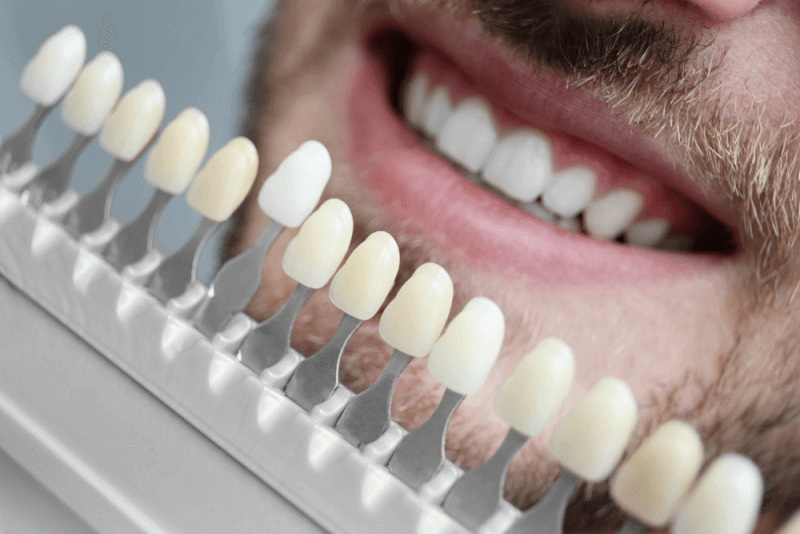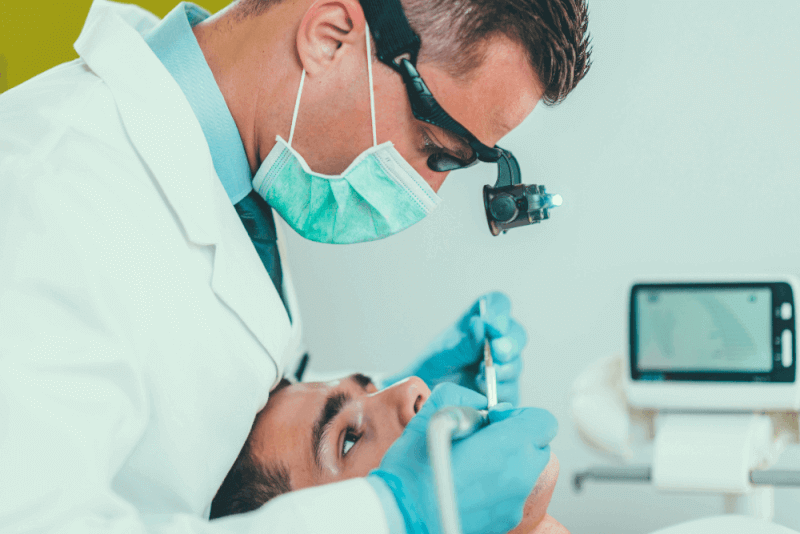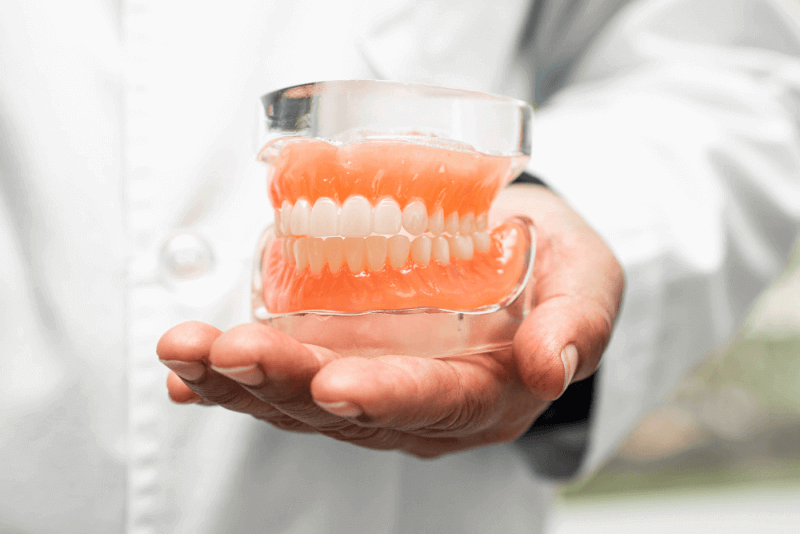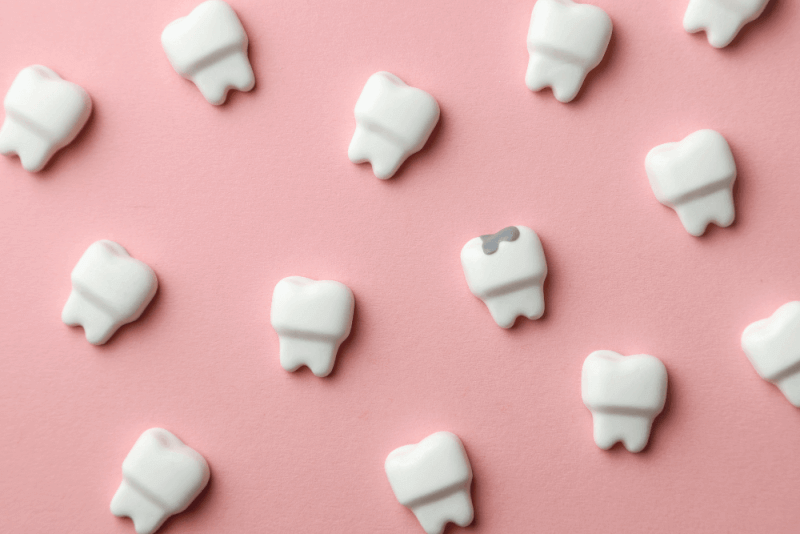30 Second Summary
- Laminated dental veneers, also known as leaf teeth, are used to treat problems like breakage or deformation in teeth.
- The laminate process is highly comfortable, and its natural results make it a preferred aesthetic treatment.
- Before the procedure, the patient's dental measurements must be taken as the laminates are custom-made.
- The color of the laminate will not change.
What is a Laminated Tooth?
Laminated teeth, also known as leaf teeth, are a method used to treat problems like tooth breakage or deformation. They are made with custom-made porcelain covers. The process is applied only to the front teeth and requires minimal abrasion of the teeth, which is significantly less compared to other types of coverings.
What Does Laminated Teeth Do?
Laminated teeth are usually preferred when there are unwanted color changes or shape deformities in teeth. The treatment is mainly aesthetic, focusing on the patient’s desires and expectations. Laminated teeth can be applied to patients of all ages and are used for issues such as:
- Tooth breakage
- Tooth wear
- Genetic defects in tooth structure
- Gap between teeth
- Ineffectiveness of whitening treatments
- Shape deformities
- Tooth enlargement
- Old fillings discoloring
- Slightly crooked teeth
How is Laminated Tooth Treatment Done?
Laminated tooth treatment is highly comfortable and provides natural-looking results, making it a popular aesthetic procedure. Before the procedure, the patient's dental measurements must be taken as the laminates are custom-made. The model preparation helps the patients foresee the results.
Stages of Laminated Tooth Application
The stages of laminated tooth application are as follows:
- Laminated veneers are created based on the patient's measurements.
- A slight abrasion is done on the teeth to allow the veneer to adhere.
- An adhesive material is used to bond the veneer to the tooth.
- The veneers are attached, completing the process.
After the procedure, patients can immediately return to their daily lives.
Advantages of Laminated Teeth
The advantages of laminated teeth include:
- No color changes in the laminate
- Provides an aesthetically pleasing appearance
- Achieves a natural look
- Durable and strong
- Smooth surface
- Resistant to pressure
- Resistant to cracking and breaking
Disadvantages of Laminated Teeth
There are no disadvantages if laminated teeth are applied by an experienced dentist using quality materials. However, patients must maintain regular dental care after the procedure, as neglect could lead to gum issues.
Who Should Not Have Laminated Teeth?
Laminated tooth application is not recommended in the following cases:
- People with teeth grinding problems
- Severe fluorosis
- People who have a habit of nail biting
- Jaw misalignment
- Severe gum recession
- People who habitually bite pencils or similar items
Types of Laminated Teeth
Laminated teeth can be applied using three different materials:
Leaf Porcelain Teeth
These porcelain veneers are very thin and are the most frequently preferred type. They are used for tooth color changes, shape changes, correcting misalignments, and enlarging teeth. Their light-transmitting property is similar to natural teeth, which results in a more natural appearance.
Leaf Zirconium Teeth
Leaf zirconium teeth are made from zirconium, a white mineral. They provide the closest appearance to natural teeth, but they are also the most expensive option.
Composite Laminated Teeth
These composite veneers are made from a material that allows for same-day application. They change the color and shape of the teeth without damaging them.







